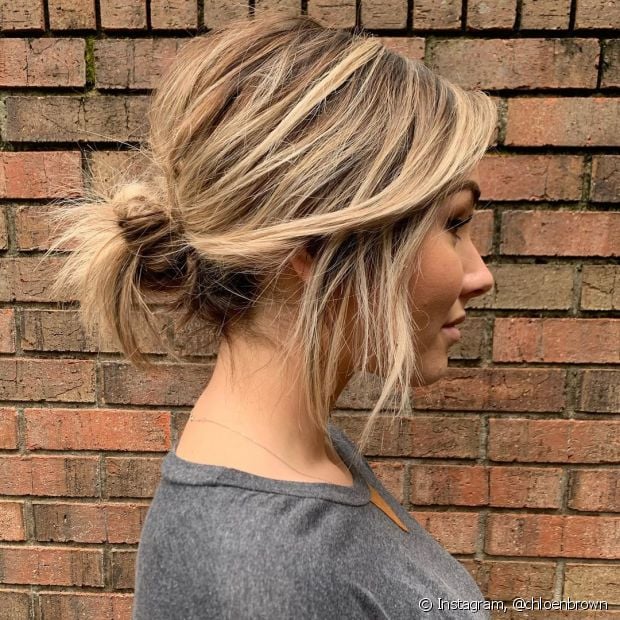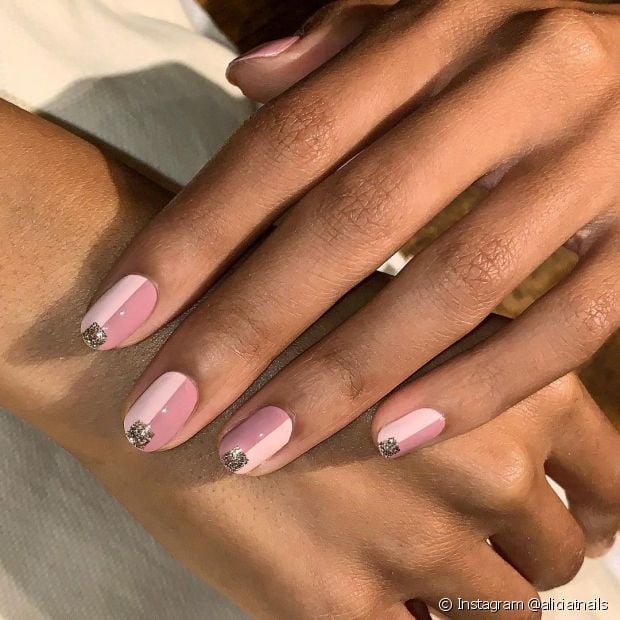28/ Hair schedule for curly hair: how to hydrate, nourish and rebuild type 4 curls

The capillary schedule for curly hair makes the hair shinier and healthier (Photo: Instagram @globalcoutureblog)

Hydration for curly hair makes the strands even brighter (Photo: Instagram @whitneymadueke)

All curly hair types can benefit from a complete hair schedule (Photo: Instagram @iydamichael)

Curly hair can get rid of frizz with good hair nutrition (Photo: Instagram @modelesque_nic)

Curly hair needs the reconstruction step once or twice a month (Photo: Instagram @watchciwork)





diva tip
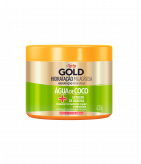
Miraculous Hydration Mask
Explore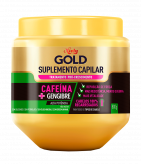
Niely Gold Pro-Growth Treatment Cream Hair Supplement 800G
Explore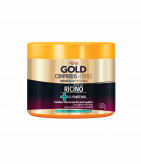
Deep Hydration Niely Gold Long + Strong 430G
ExploreThe capillary schedule is known as the savior of all hair types, including curly hair. This thread care routine renews the appearance and health of the hair, thus increasing the self-esteem of curly hair. As the curly hair types 4A, 4B and 4C are much drier than the others, since the natural oiliness tends to have difficulty reaching the ends of the spiral hairs, it is important that they receive all the necessary nutrients to stay hydrated, nourished and rebuilt. To help you, Fica Diva will show you what the benefits are and teach you how to make a capillary schedule for each objective: growth, transition, very or slightly damaged and healthy hair. Check out!
The benefits and how to do each step of the capillary schedule for curly hair
To begin with, each step of the capillary schedule brings specific benefits to the strands, and it is essential that you do each one of them to improve your capillary health. But don't worry, with time it will become a routine! In the capillary schedule, there are three stages: hydration, nutrition and reconstruction, and you will now learn how each one acts on the strands and their results.
Hydration: this first step is responsible for returning water to the strands, which results in shinier, healthier and softer curly hair. Look for a hydrating mask that has ingredients like coconut oil, argan oil, flaxseed, avocado, aloe and D-Panthenol.
How to: wash your hair with shampoo, apply a moisturizing mask to all damp strands, wait for the time indicated on the package and then rinse.
Nutrition: capillary nutrition restores lipids to the strands, which are responsible for returning natural oiliness. This stage leaves the strands brighter, softer and protected from external aggressions, also helping to define the hair.
How to: you can nourish with a nourishing mask or with vegetable oil. In the case of vegetable oil, just apply it all over dry hair and massage the scalp, stimulating blood circulation. Let it act for at least 2 hours and then rinse with shampoo and conditioner.
Reconstruction: the reconstruction replenishes the capillary mass, returning the necessary proteins to the strands, which results in stronger curly hair. It must be done every 15 days or every month, depending on the need for the wires at the time.
How to: you can use a reconstruction mask or liquid keratin. In the case of liquid keratin, wash your hair with shampoo and spray the ingredient on the still damp strands. Apply to the entire length and ends and let it act for 10 minutes, then rinse.
A post shared by Sya (@syanalaniyan)
Take a porosity test to see if your hair is healthy or damaged
The capillary porosity test will help you understand what your hair needs at the moment, in addition to discovering the degree of damage to the strands, that is, if your curly hair is healthy or in need of more intense care. Before testing, wash your hair with shampoo and conditioner and let it dry naturally. Separate a clear glass of filtered water and place a strand of dry hair in it.
If he floats, your hair is healthy, but it needs hydration so that it absorbs more nutrients. If it stays in the middle of the glass, it has medium porosity and the nutrients penetrate the thread more, and you need to bet more on nutrition. If it reaches the bottom of the cup, the hair needs a powerful rebuild to replenish the capillary mass. In all cases, it's important that you do all the steps of the schedule so that your strands are not missing any important nutrients.
Hair schedule for healthy 4A, 4B and 4C curly hair
In case your thread fluctuated in the porosity test, it's healthy. But you can do the capillary schedule to increase sedosity and shine, in addition to receiving the other benefits. Focus primarily on hydration and also do the other steps. And since your hair is healthy, it only needs one reconstruction per month to replenish its proteins. Check out how your capillary schedule for curly hair turned out:
First week: hydration + hydration + nutrition;
Second week: hydration + nutrition + hydration;
Third week: hydration + nutrition + reconstruction;
Fourth week: hydration + hydration + nutrition.
Hair schedule for more or less damaged curly hair
If your curly hair is in the middle of the glass, it means that it is between healthy and damaged. Therefore, it is important that you, diva, focus on nutrition and continue doing the other steps as well. Over time, you will see your hair more aligned and nourished, with a much prettier appearance. See how your hair schedule turned out:
First week: hydration + nutrition + hydration;
Second week: hydration + hydration + nutrition;
Third week: hydration + nutrition + reconstruction;
Fourth week: hydration + nutrition + hydration.
A post shared by IMANI (@imanievans_)
Hair schedule for very damaged curly hair
In case your thread has sunk, it means that it needs a super powerful reconstruction to restore the capillary mass. The dry, opaque and brittle threads will be healthier throughout the reconstructions, requiring a little patience. In addition, it is important that the reconstruction is not done every week, as if done in excess it can have an opposite effect on your hair, leaving it with a hardened appearance. Also continue to hydrate and nourish for shiny, frizz-free hair. Check out how your capillary schedule turned out for very damaged curly hair:
First week: nutrition + hydration + nutrition;
Second week: hydration + nutrition + reconstruction;
Third week: hydration + hydration + nutrition;
Fourth week: hydration + nutrition + reconstruction.
Hair schedule for curly hair in transition
In the hair transition, you may notice that strands of different textures need more care, so that the much-desired curls grow defined and healthy. Following a capillary schedule, your transition will occur more quickly and smoothly, leaving both the straightened strands and the new ones more beautiful. It's important that your nutrition is super neat in the strands that are being born, so that they are nourished and already creating the spiral format.
First week: hydration + nutrition + reconstruction;
Second week: nutrition + hydration + nutrition;
Third week: hydration + nutrition + reconstruction;
Fourth week: hydration + hydration + nutrition.
A post shared by Akushika-NYC Influencer (@akushikagonenatural)
Hair schedule for curly hair growth
This schedule will help speed up the growth of your curly hair. As you can see, there are some new elements to this timeline. Coffee hydration is a great way to help hair grow strong, as caffeine stimulates blood circulation in the strands, which accelerates growth. But, to hydrate in a healthy way, you can bet on treatment masks with caffeine in the composition, such as the Capillary Supplement Caffeine + Ginger, by Niely Gold, which does not have parabens.
As for capillary wetting and nutrition, you can bet on castor oil, which also stimulates hair growth. Massage your scalp well and expect the results in the coming weeks and months!
First week: coffee hydration + hydration + nutrition;
Second week: hydration + wetting + coffee hydration;
Third week: hydration + nutrition + coffee hydration;
Fourth week: hydration + humectation + reconstruction.
How long should I do the capillary schedule for curly hair?
You can do the capillary schedule for six months and spend a month without doing it, just washing the curly hair with shampoo, mask, conditioner and combing cream. After that month, you can go back to the schedule, but if your hair doesn't feel heavy after those six months, you don't need to take a break from the technique. But don't worry, the results are fast! Depending on the stage of your frizzy hair, schedule benefits can be seen within one to two months.







